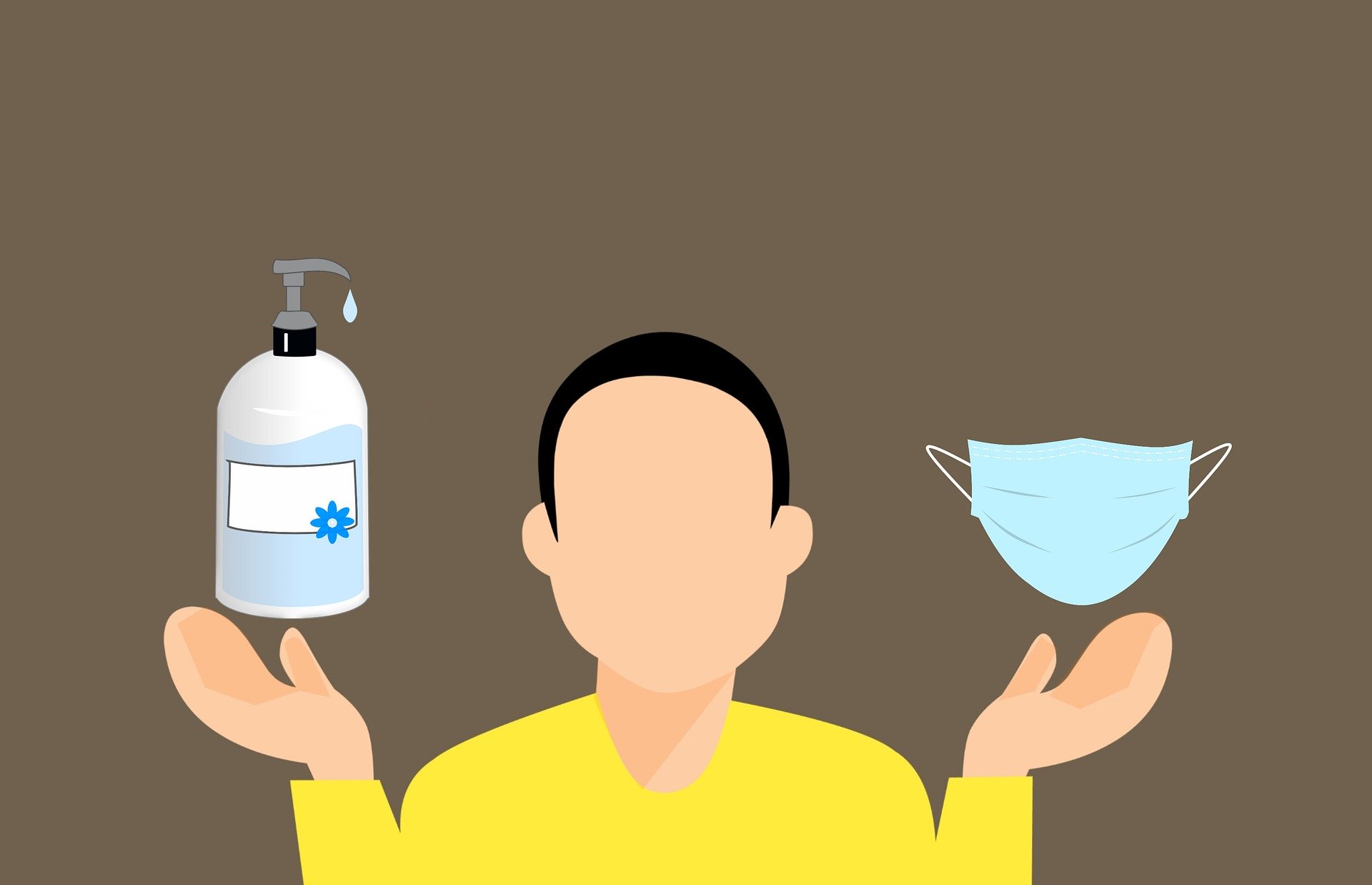The office of the NWT’s Chief Public Health Officer (OCPHO) released a detailed how-to guide on the use of reusable and disposable cloth face coverings in public places.
In the statement the OCPHO recognizes the evolving discussion on the use of face coverings to slow the spread of COVID-19 following multiple inquiries on the matter.
Dr. Kami Kandola’s office states that while face coverings cannot prevent all contact with virus-containing droplets, they have been found to be effective in limiting the ability of these droplets to spread further from someone who may not be aware they have the virus.
The release notes that this is a way to help each other help ourselves adding that if everyone wears face coverings while in public, we can limit the spread of COVID-19. OCPHO stresses that previous recommendations and orders still apply and masks do NOT replace the need for everyone to keep distance of at least two metres apart, stay home if you’re feeling even a little bit sick, avoid touching your face, wash your hands frequently for at least 20 seconds using soap and water or use alcohol based sanitizer when putting on the mask and taking it off as well as clean & disinfect contaminated high touch surfaces and cover your mouth in your elbow if you cough or sneeze if not wearing a facial covering.
The release also stresses that this advice only applies to the general public and does not include employers as they (Employers) are responsible for completing their own risk assessments, having their own exposure control plans, and providing the right protective equipment based on those assessments.
Before anything Dr. Kandola notes that non-medical masks or facial coverings should not be placed on young children under age 2, anyone who has trouble breathing, or is unconscious, incapacitated or otherwise unable to remove the mask without assistance.
The following is the list of tips released by Dr. Kandola’s Office;
Cloth face coverings must:
- Fit snugly but comfortably against the side of the face
- Be secured with ties or ear loops
- Include multiple layers of fabric
- Allow for breathing without restriction
- Be able to be washed and machine dried without damage or change to shape with hot temperatures
- If cloth material is not available then disposable material such as multiple layers of tissue and paper towels can be used but should be thrown out after each use
- Use a clean covering each time and put used coverings in a clean plastic bag and wash between uses
In terms of materials, OCPHO says there are many ways to create effective fabric masks. At-minimum, NWT CPHO recommends:
At least two 10 x 6 inches of 100% cotton. A cotton blend may be used if 100% cotton is not available. Polyester or nylon is not recommended.
Material to create loops to go around your ears – fabric or rubber bands are common
Facial tissue, paper towel or coffee filters
For some approaches, a sewing machine is useful, but many sew-free methods exist.
You can find out more at the CDC’s guide for DIY masks or check out this tutorial on youtube.




